Description
Familiarity with treatment
The 360 Brazilian Butt Lift, also known as the 360 BBL, is a variation of the traditional Brazilian Butt Lift procedure. It is designed to enhance the appearance of the buttocks by using fat transfer from other areas of the body.
The term “360” refers to the comprehensive approach of the procedure, which involves sculpting and contouring not only the buttocks but also the surrounding areas, including the hips, lower back, and waist. This approach aims to create a more balanced and harmonious overall body shape.
During the 360 Brazilian Butt Lift, the surgeon will perform liposuction to remove excess fat from areas such as the abdomen, flanks, and back. The harvested fat is then processed and purified before being injected into the buttocks to enhance their size, shape, and projection.
The 360 BBL differs from the traditional Brazilian Butt Lift in that it addresses multiple areas of the body, rather than focusing solely on the buttocks. By sculpting the surrounding areas, the surgeon can create a more defined waistline and hourglass figure, which can further enhance the appearance of the buttocks.
Who is it suitable for?
The 360 Brazilian Butt Lift procedure is generally suitable for individuals who desire to enhance the appearance of their buttocks and achieve a more balanced and contoured body shape. However, it is important to note that not everyone is a suitable candidate for this procedure.
Ideal candidates for the 360 Brazilian Butt Lift typically:
- Have good overall health: Candidates should be in good physical health and free from any underlying medical conditions that could increase the risks associated with surgery and anesthesia.
- Have sufficient fat deposits: The procedure involves using fat from other areas of the body through liposuction. Candidates should have enough excess fat in areas such as the abdomen, flanks, or back to be harvested for the fat transfer.
- Have realistic expectations: It is important for candidates to have realistic expectations about the outcomes of the procedure. While the 360 BBL can enhance the appearance of the buttocks and surrounding areas, it is important to understand that individual results may vary.
- Are committed to a healthy lifestyle: Maintaining a healthy lifestyle, including regular exercise and a balanced diet, is important both before and after the procedure to optimize results and maintain long-term satisfaction.
- Are non-smokers or willing to quit smoking: Smoking can impair the healing process and increase the risk of complications. Candidates who smoke may be required to quit smoking for a certain period before and after the procedure.
Who is it not suitable for?
The 360 Brazilian Butt Lift may not be suitable for everyone. There are certain factors and conditions that may make an individual ineligible for the procedure. Some reasons why someone may not be a suitable candidate for the 360 Brazilian Butt Lift include:
- Insufficient fat deposits: The procedure involves using fat from other areas of the body through liposuction. If a person does not have enough excess fat in areas such as the abdomen, flanks, or back, there may not be enough fat available for the fat transfer to the buttocks.
- Poor overall health: Individuals with certain medical conditions, such as uncontrolled diabetes, heart disease, or compromised immune systems, may not be suitable candidates for surgery. It is important to have good overall health to minimize the risks associated with the procedure and anesthesia.
- Unrealistic expectations: It is important for candidates to have realistic expectations about the outcomes of the procedure. If someone has unrealistic expectations or desires a dramatic change that may not be achievable, they may not be suitable candidates for the 360 Brazilian Butt Lift.
- Active smoking: Smoking can impair the healing process and increase the risk of complications. Candidates who are active smokers may be required to quit smoking for a certain period before and after the procedure to minimize the risks.
- Pregnancy or breastfeeding: It is generally recommended to wait until after pregnancy and breastfeeding to undergo the 360 Brazilian Butt Lift. Pregnancy and breastfeeding can cause changes in the body shape and weight, which may affect the long-term results of the procedure.
- BMI and weight considerations: Individuals with a high body mass index (BMI) or who are significantly overweight may not be suitable candidates for the 360 Brazilian Butt Lift. The procedure is typically more effective for individuals who are closer to their ideal body weight.
Advantages
The 360 Brazilian Butt Lift offers several advantages for individuals seeking to enhance the appearance of their buttocks and achieve a more balanced and contoured body shape. Some of the advantages of the procedure include:
- Comprehensive body contouring: Unlike traditional Brazilian Butt Lift procedures that focus solely on the buttocks, the 360 BBL involves sculpting and contouring not only the buttocks but also the surrounding areas, including the hips, lower back, and waist. This comprehensive approach can create a more harmonious and balanced overall body shape.
- Natural-looking results: The 360 BBL uses the patient’s own fat through liposuction and fat transfer, resulting in a more natural-looking outcome compared to synthetic implants. The fat is strategically injected into the buttocks to enhance their size, shape, and projection, creating a more natural and proportionate appearance.
- Dual benefit of liposuction: The liposuction component of the 360 BBL allows for the removal of excess fat from areas such as the abdomen, flanks, and back. This not only helps contour those areas but also provides a source of fat for the fat transfer to the buttocks. This dual benefit can result in a more sculpted and defined waistline and overall body shape.
- Minimally invasive: The 360 BBL is a minimally invasive procedure compared to traditional butt augmentation surgeries that involve implants. It typically involves smaller incisions for liposuction and fat transfer, resulting in less scarring and a potentially faster recovery time.
- Reduced risk of complications: Since the 360 BBL uses the patient’s own fat, there is a reduced risk of complications associated with foreign materials or implants. Additionally, the procedure avoids the risks associated with general anesthesia, as it is often performed under local anesthesia with sedation.
- Long-lasting results: The fat transferred during the 360 BBL procedure has the potential to establish a long-lasting result. However, it is important to note that some of the transferred fat may be reabsorbed by the body over time, and individual results may vary.
Complications
Like any surgical procedure, the 360 Brazilian Butt Lift carries potential risks and complications. It is important to be aware of these potential complications and discuss them with your surgeon before making a decision. Some of the possible complications associated with the 360 Brazilian Butt Lift include:
- Infection: There is a risk of infection at the incision sites or in the injected fat. This can be minimized by following proper post-operative care instructions and taking prescribed antibiotics.
- Bleeding: Excessive bleeding can occur during or after the procedure. Surgeons take precautions to minimize bleeding, but it is still a potential risk.
- Fat embolism: In rare cases, fat can enter the bloodstream and travel to other parts of the body, causing a fat embolism. This can be a serious and potentially life-threatening complication.
- Seroma: A seroma is a collection of fluid that can accumulate under the skin after surgery. It may require drainage to prevent infection and promote healing.
- Scarring: While efforts are made to minimize scarring, there is always a risk of visible scars at the incision sites.
- Asymmetry: There is a possibility of uneven or asymmetrical results, where one buttock may appear larger or have a different shape than the other.
- Skin irregularities: The injected fat may not be evenly distributed, leading to lumps, bumps, or uneven texture in the buttocks.
- Allergic reactions: Some individuals may have an allergic reaction to the anesthesia, medications, or materials used during the procedure.
- Nerve damage: There is a risk of nerve damage during the surgery, which can result in numbness, tingling, or loss of sensation in the buttocks or surrounding areas.
Preoperative care
Preoperative care refers to the steps and preparations that are taken before a surgical procedure to ensure the best possible outcome and minimize the risk of complications. Here are some general preoperative care guidelines that may apply to various surgical procedures:
- Medical evaluation: Before the surgery, you will undergo a thorough medical evaluation. This may include a physical examination, blood tests, and other diagnostic tests to assess your overall health and identify any underlying medical conditions that may affect the surgery or anesthesia.
- Medication review: Inform your surgeon about all the medications you are currently taking, including prescription medications, over-the-counter drugs, and supplements. Some medications may need to be adjusted or temporarily stopped before the surgery to reduce the risk of bleeding or other complications.
- Smoking cessation: If you are a smoker, it is strongly recommended to quit smoking at least a few weeks before the surgery. Smoking can impair healing and increase the risk of complications.
- Avoid certain substances: Your surgeon may advise you to avoid alcohol, recreational drugs, and certain herbal supplements in the weeks leading up to the surgery, as they can interfere with anesthesia or increase the risk of bleeding.
- Fasting: You will likely be instructed to fast for a certain period of time before the surgery. This is to ensure that your stomach is empty, reducing the risk of aspiration during anesthesia.
- Arrange transportation and support: Since you will be undergoing a surgical procedure, it is important to arrange for someone to drive you to and from the hospital or surgical center. You may also need assistance with daily activities during the initial recovery period.
- Follow instructions: Your surgeon will provide you with specific instructions to follow before the surgery. This may include guidelines on when to stop eating and drinking, what medications to take or avoid, and how to prepare the surgical site.
- Mental and emotional preparation: It is normal to feel anxious or nervous before surgery. Take time to mentally and emotionally prepare yourself by asking questions, discussing any concerns with your surgeon, and seeking support from loved ones.
Postoperative care
Postoperative care refers to the steps and precautions taken after a surgical procedure to promote healing, manage pain, and minimize the risk of complications. Here are some general postoperative care guidelines that may apply to various surgical procedures:
- Follow surgeon’s instructions: Your surgeon will provide you with specific postoperative instructions. It is important to follow these instructions closely to ensure proper healing and minimize the risk of complications. This may include guidelines on wound care, medication management, activity restrictions, and follow-up appointments.
- Pain management: You may experience some pain and discomfort after the surgery. Your surgeon will prescribe pain medications or recommend over-the-counter pain relievers to manage your pain. Take the medications as directed and report any severe or persistent pain to your surgeon.
- Wound care: Proper wound care is essential for preventing infection and promoting healing. Your surgeon will provide instructions on how to clean and dress the incision sites. Follow these instructions carefully and report any signs of infection, such as increased redness, swelling, or drainage, to your surgeon.
- Rest and activity restrictions: It is important to get plenty of rest and avoid strenuous activities during the initial recovery period. Your surgeon will provide guidelines on when you can gradually resume normal activities, including exercise and lifting heavy objects.
- Nutrition and hydration: Eating a healthy diet and staying hydrated can support the healing process. Follow any dietary recommendations provided by your surgeon and drink plenty of fluids, unless otherwise instructed.
- Medication management: Take any prescribed medications as directed by your surgeon. This may include antibiotics to prevent infection, pain medications, and any other medications specific to your procedure.
- Compression garments or dressings: Your surgeon may recommend wearing compression garments or special dressings to support the surgical area, reduce swelling, and promote healing. Follow your surgeon’s instructions on when and how to wear these garments or dressings.
- Follow-up appointments: Attend all scheduled follow-up appointments with your surgeon. These appointments are important for monitoring your progress, removing stitches if necessary, and addressing any concerns or complications that may arise.
- Emotional support: Recovery from surgery can be physically and emotionally challenging. Seek support from loved ones, join support groups, or consider counseling if needed.
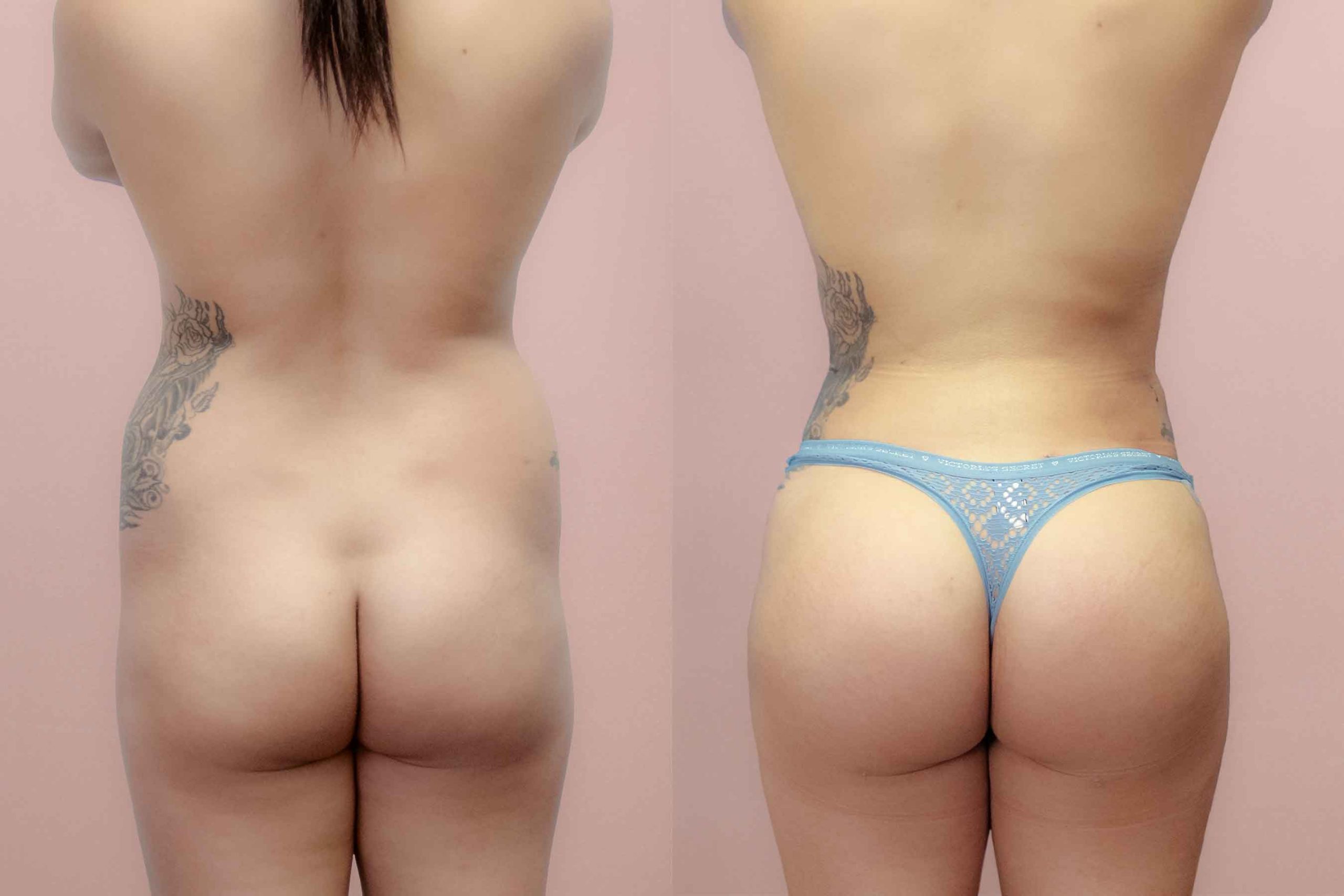
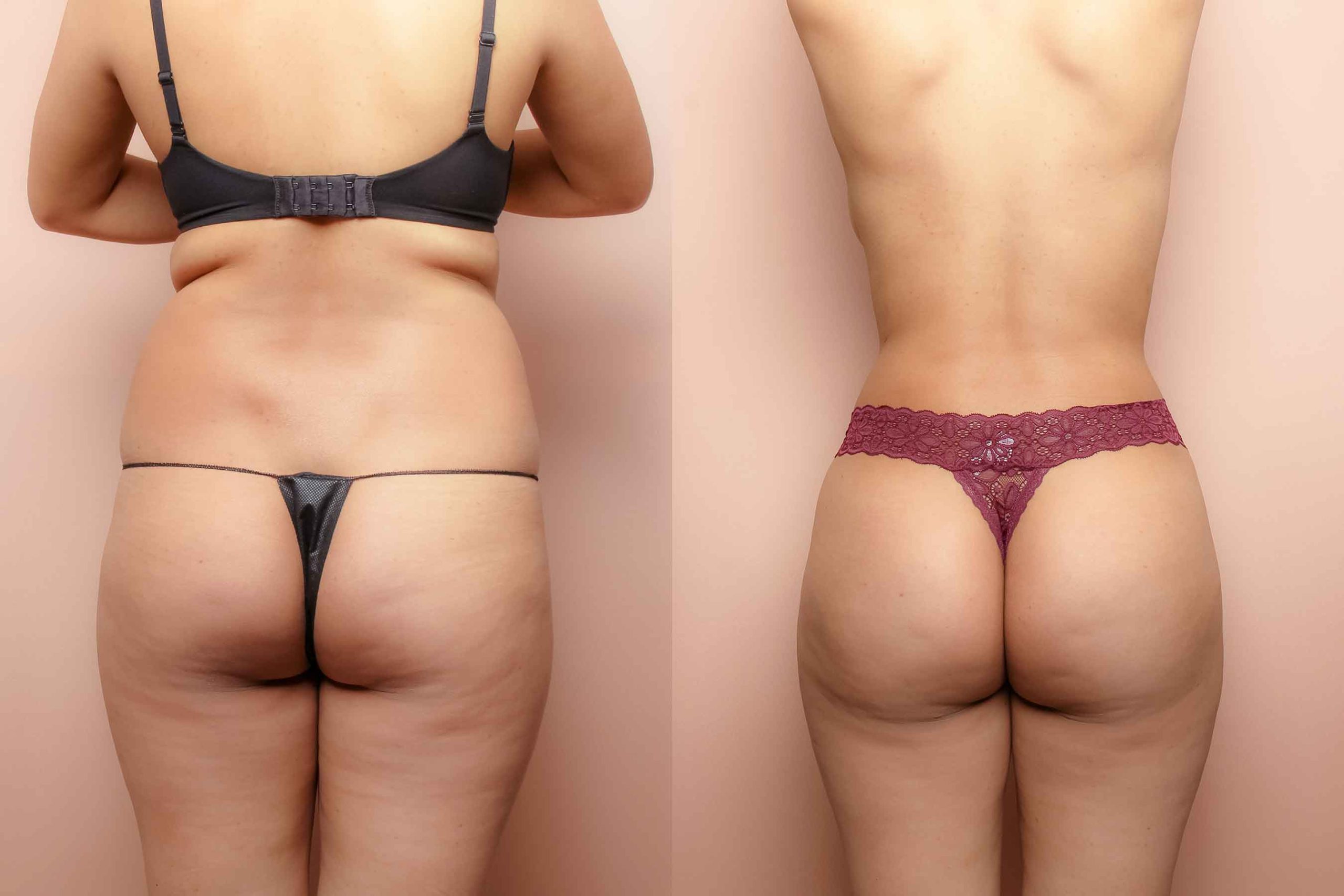

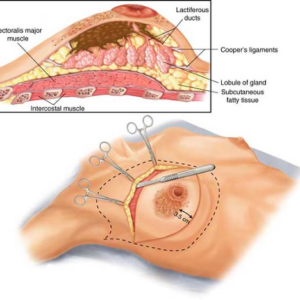


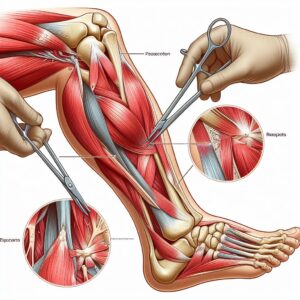
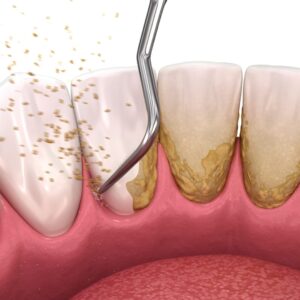
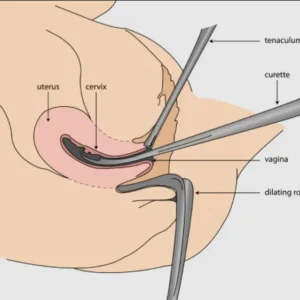
Reviews
There are no reviews yet.